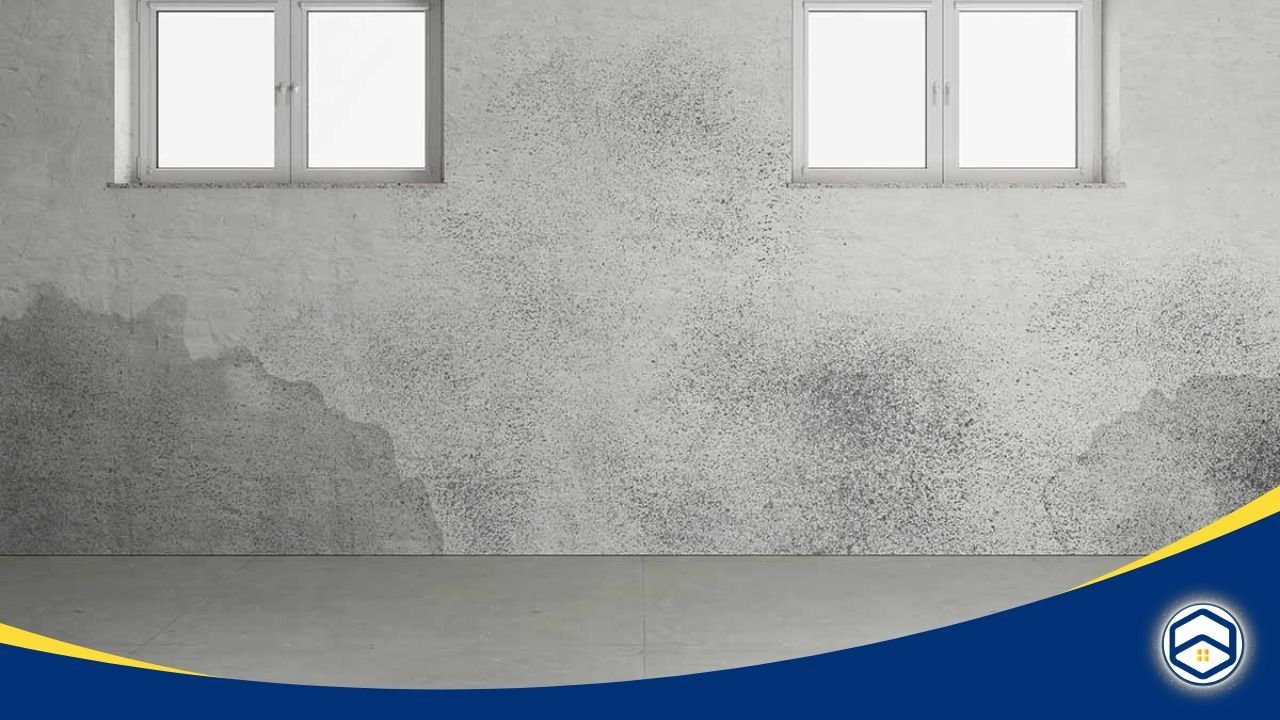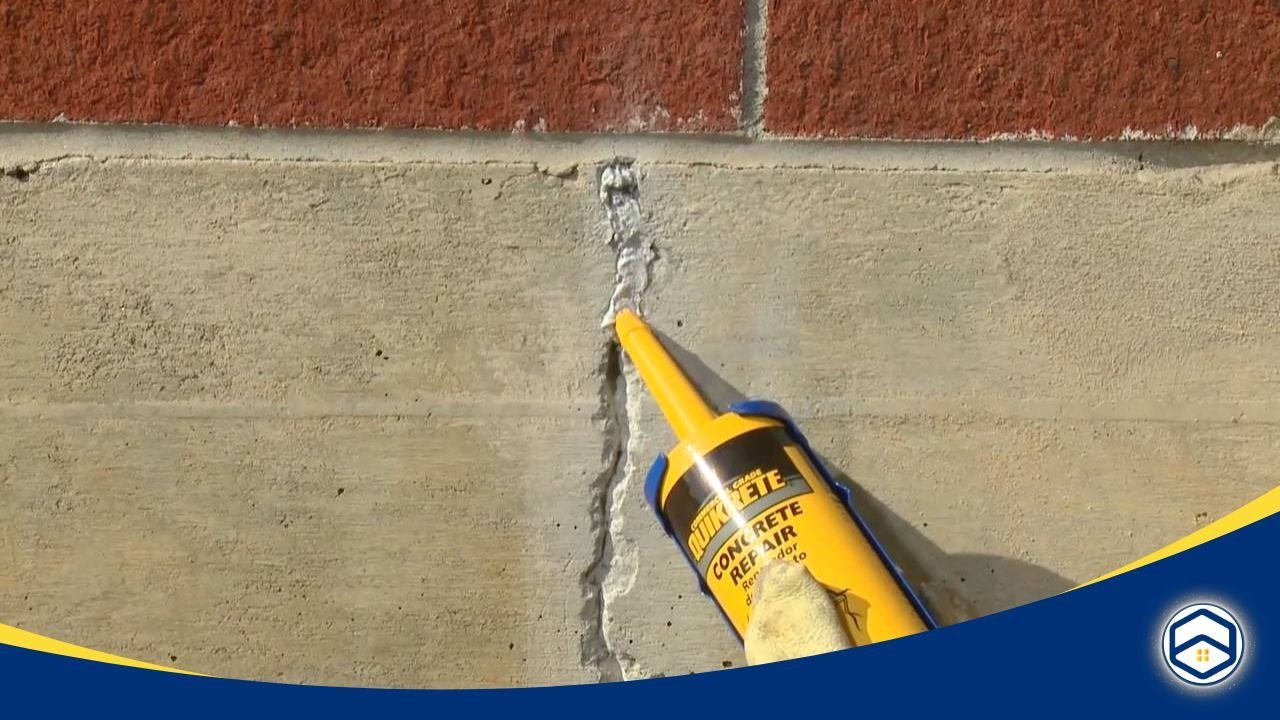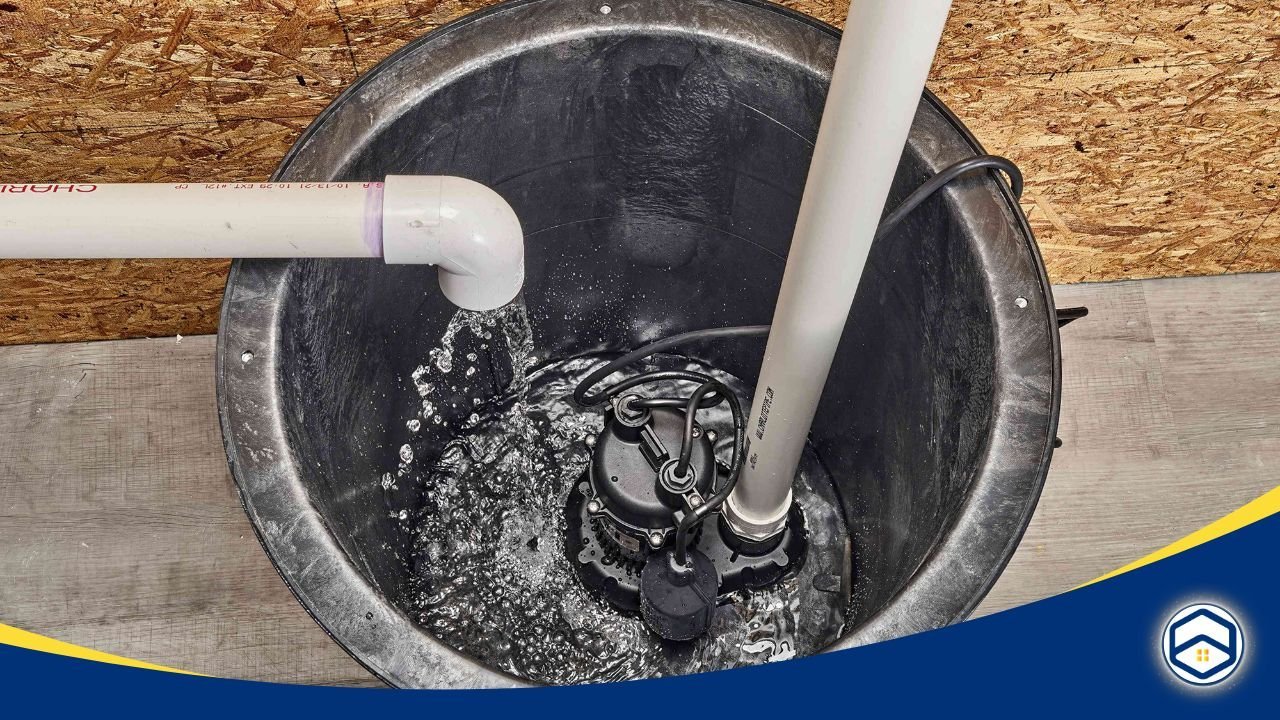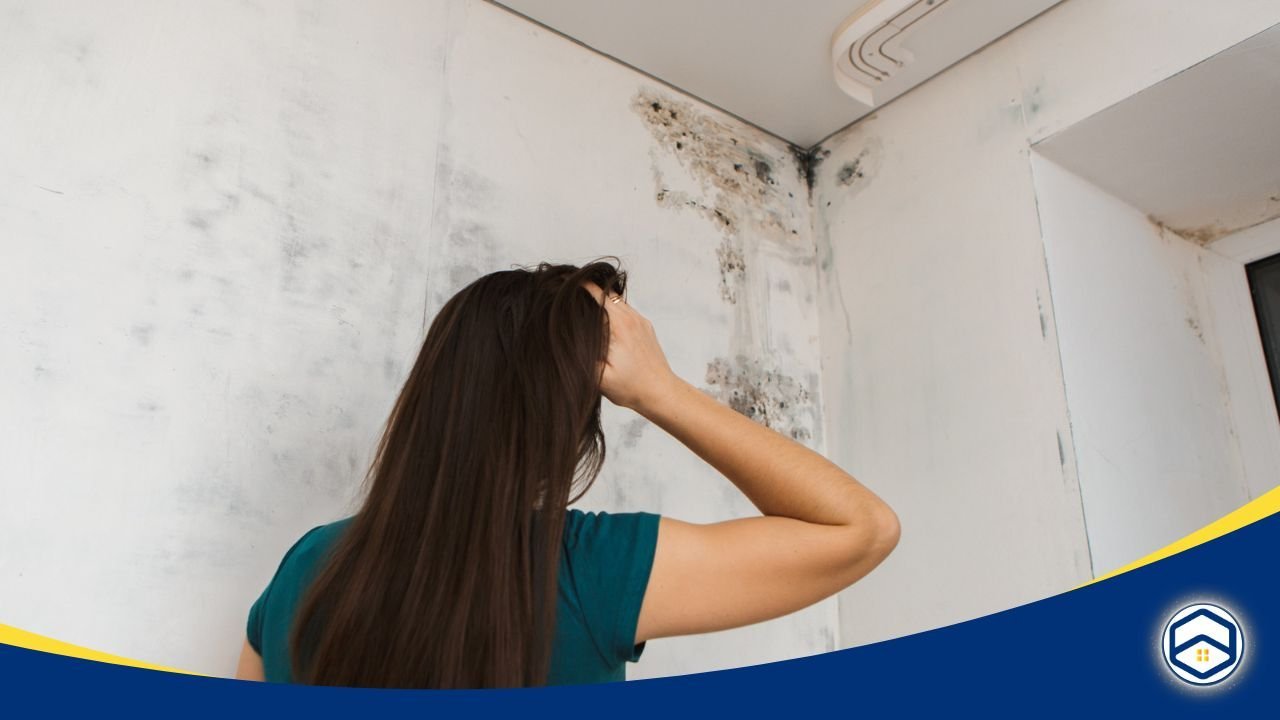Dealing with moisture in the basement is a common issue for homeowners, and it’s crucial to address it promptly to prevent serious damage. Excess moisture can lead to mold growth, structural damage, and unpleasant odors, making it essential to find effective solutions for moisture in the basement. In this comprehensive guide, we will explore various methods to manage and eliminate basement moisture, ensuring a dry and healthy environment in your home.
Understanding Basement Moisture Problems

Before diving into solutions for moisture in the basement, it’s important to understand the root causes of the problem. Moisture issues in basements can arise from several sources, each contributing to the overall challenge of maintaining a dry space. Identifying these issues is crucial for implementing effective solutions for moisture in the basement. Here are some common causes:
- Poor Drainage: Inadequate drainage systems can lead to water accumulation around the foundation, allowing moisture to seep into the basement. Without proper drainage, excess water can pool near the foundation walls, increasing the risk of basement moisture problems.
- Leaking Pipes: Broken or leaking pipes can introduce water into the basement, creating persistent dampness. Plumbing issues can exacerbate moisture problems, making it essential to address leaks promptly to prevent further damage.
- High Humidity: High indoor humidity levels can contribute to condensation and moisture buildup in the basement. When humid air comes into contact with cooler surfaces, it can lead to moisture accumulation, promoting mold growth and deterioration.
- Cracks in Foundation: Cracks or gaps in the foundation walls or floor can allow water to infiltrate the basement. These structural issues can provide entry points for water, leading to ongoing moisture challenges and potential structural damage.
By understanding these common sources of moisture, you can better assess the situation and apply targeted solutions for moisture in the basement to effectively address and prevent these issues.
Solutions for Moisture in the Basement

1. Improve Exterior Drainage
One of the most effective solutions for moisture in the basement is enhancing the exterior drainage around your home. Proper drainage systems are essential for directing water away from the foundation, which helps reduce the risk of moisture seepage into the basement. When exterior drainage is insufficient, water can accumulate around the foundation and infiltrate the basement, leading to dampness and potential structural damage. Implementing robust drainage solutions can prevent these issues and keep your basement dry.
Steps to Improve Exterior Drainage:
- Gutter Maintenance: Ensure gutters are clean and free of debris. Install downspouts that direct water at least 6 feet away from the foundation.
- Grading: The ground around your home should slope away from the foundation. Re-grade the soil if necessary to prevent water pooling near the base of the house.
- French Drains: Install French drains around the perimeter of your basement to channel water away from the foundation.
2. Repair Leaking Pipes

Leaking pipes are a frequent source of moisture problems in basements, and addressing these plumbing issues promptly is essential for effective moisture control. Leaks can introduce significant amounts of water into the basement, leading to dampness, mold growth, and potential structural damage. Proper repair and maintenance of pipes are crucial components of solutions for moisture in the basement.
Steps to Repair Leaking Pipes:
- Inspection: Regularly inspect pipes for signs of leaks or damage.
- Repairs: Fix any leaks immediately using pipe repair kits or by replacing damaged sections of piping.
- Insulation: Insulate pipes to prevent condensation, especially in areas prone to temperature fluctuations.
3. Install a Dehumidifier
A dehumidifier is an essential tool in solutions for moisture in the basement, as it helps manage high humidity levels, which are a common contributor to moisture problems. By reducing humidity, a dehumidifier prevents condensation and dampness, creating a healthier and more comfortable basement environment. Proper installation and use of a dehumidifier can significantly mitigate moisture issues and protect your home from related problems.
Steps to Install and Use a Dehumidifier:
- Choose the Right Size: Select a dehumidifier with the appropriate capacity for the size of your basement.
- Placement: Place the dehumidifier in a central location where it can effectively collect moisture from the air.
- Maintenance: Empty the water collection tank regularly and clean the filter to ensure optimal performance.
4. Seal Foundation Cracks

Cracks in the foundation are a significant concern when it comes to solutions for moisture in the basement, as they can provide entry points for water to seep into the basement. Addressing and sealing these cracks is a critical step in managing and preventing moisture issues, helping to protect your home from water damage and maintaining a dry, stable environment.
Steps to Seal Foundation Cracks:
- Inspection: Inspect the foundation for visible cracks or gaps.
- Cleaning: Clean the area around the crack to remove any debris or loose material.
- Sealant Application: Use a high-quality concrete sealant or epoxy to fill and seal the cracks. For larger gaps, consider using a hydraulic cement.
5. Waterproofing Systems
Installing a waterproofing system is a crucial part of solutions for moisture in the basement that offers long-term protection against basement moisture problems. Waterproofing systems are designed to prevent water from entering the basement, reducing the risk of flooding, dampness, and structural damage. By choosing the right type of waterproofing system, you can effectively manage and control moisture issues in your basement, ensuring a dry and secure environment.
Types of Waterproofing Systems:
- Interior Waterproofing: Includes sump pumps and interior drainage systems that collect and redirect water away from the basement.
- Exterior Waterproofing: Involves applying waterproof membranes or coatings to the exterior foundation walls to prevent water penetration.
- Combined Systems: A combination of interior and exterior waterproofing systems can provide comprehensive protection against moisture.
6. Enhance Ventilation
Proper ventilation is a key component of solutions for moisture in the basement, playing a crucial role in controlling humidity and moisture levels. Effective ventilation helps prevent the buildup of damp, stale air, which can lead to mold growth, musty odors, and structural damage. By ensuring adequate airflow and reducing humidity, you can maintain a healthier and drier basement environment.
Steps to Enhance Ventilation:
- Install Vents: Install vents or air exchangers to improve airflow and reduce humidity.
- Use Fans: Utilize fans to promote air circulation and prevent stale, damp air from accumulating.
- Open Windows: If possible, open windows periodically to allow fresh air to circulate through the basement.
7. Check and Maintain Sump Pumps

A sump pump is a crucial component in the arsenal of solutions for moisture in the basement. It effectively manages and removes water that accumulates in the basement, helping to prevent flooding and maintain a dry environment. Regular maintenance of your sump pump is essential to ensure it operates efficiently and reliably. Neglecting this maintenance can lead to pump failures, which may result in significant water damage and moisture issues in your basement.
Steps to Check and Maintain Sump Pumps:
- Inspection: Regularly inspect the sump pump for signs of wear or damage.
- Testing: Test the pump by pouring water into the sump pit to ensure it activates and drains properly.
- Cleaning: Clean the sump pit and pump to remove debris that could affect performance.
Conclusion
Addressing moisture issues in the basement requires a multifaceted approach. By implementing these solutions for moisture in the basement, you can effectively manage and prevent moisture problems, ensuring a dry and healthy living environment. Improving exterior drainage, repairing leaking pipes, installing a dehumidifier, sealing foundation cracks, using waterproofing systems, enhancing ventilation, and maintaining sump pumps are all essential steps in tackling basement moisture. With the right measures in place, you can protect your home from the adverse effects of moisture and enjoy a more comfortable and secure living space.











